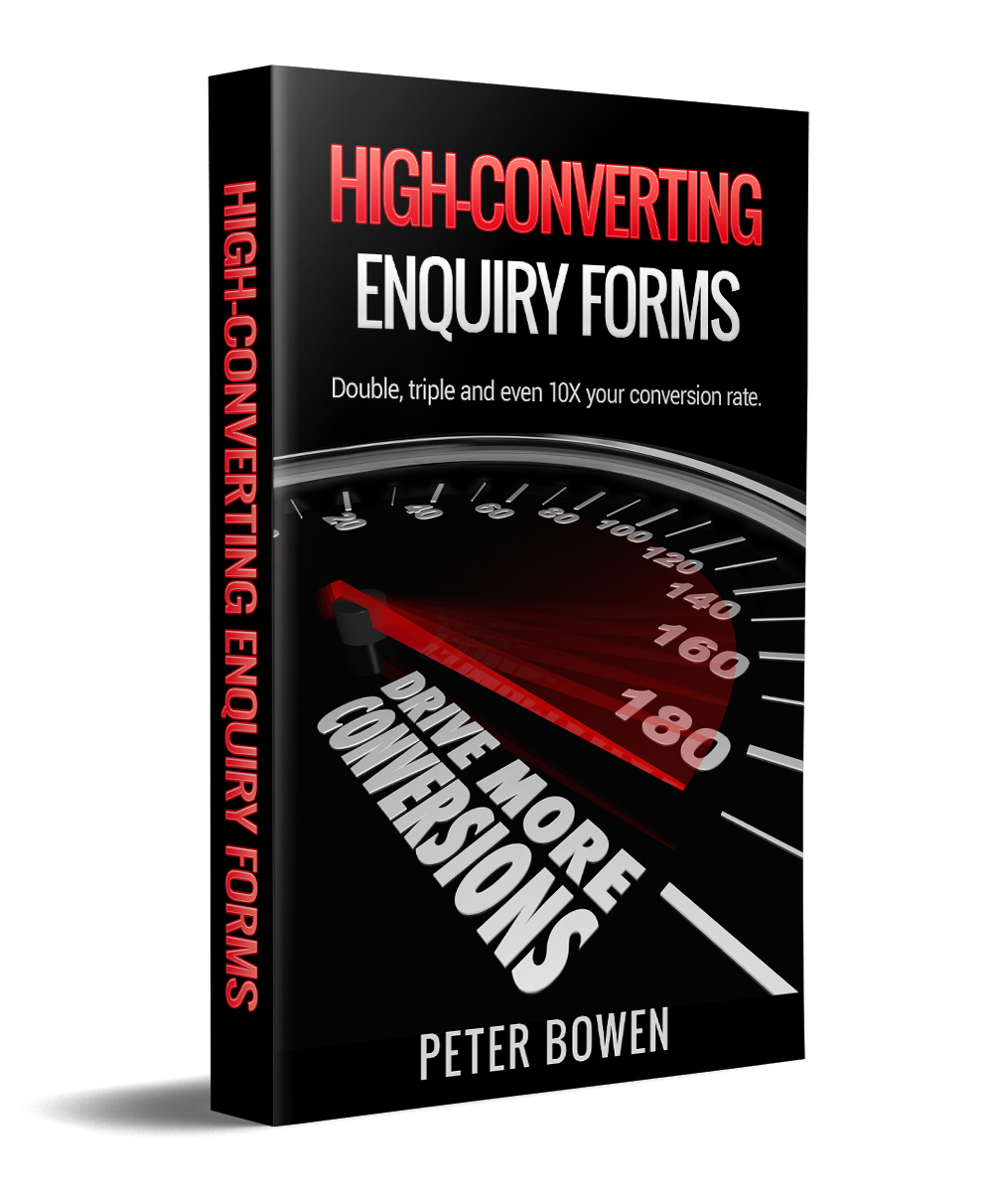How the new search ad position metrics can help diagnose a drop in CTR
In the old days - before 6 November 2018 - Google offered one metric showing where your search ads appeared - average position. Average position told you where the ad showed in relation to the competition.
You could use average position to infer where on the search results page your ad appeared when all ads showed at the top of the page. Knowing where your ad appeared is important because there is a strong correlation between position and clickthrough rate. Ads at the top get clicked more often.
But when Google started showing ads at the bottom of the page the average position metric didn't tell you as much.
You might be scratching your head wondering why your clickthrough rate plummeted even though your average position was 1.2. That position 1.2 might have been below the organic results, way down at the dusty bottom of the page where nobody ever goes.
I’m really pleased that Google introduced four new position metrics to account for this. They are:
-
Impr. (Absolute Top) %- the percent of your ad impressions that are shown as the very first ad above the organic search results.
-
Impr. (Top) % - the percent of your ad impressions that are shown anywhere above the organic search results.
-
Search (Absolute Top) IS - the impressions you’ve received in the absolute top location (the very first ad above the organic search results) divided by the estimated number of impressions you were eligible to receive in the top location.
-
Search (Top) IS - the impressions you’ve received in the top location (anywhere above the organic search results) compared to the estimated number of impressions you were eligible to receive in the top location.”
Now if your ad is shown often at Absolute Top and the clickthrough rate is down, it’s a good chance that there is a real problem not just a consequence of the ad being buried.
Official announcement here.

Related articles
Why I've Stopped Giving Quick-Fix Google Ads Advice Quick fixes in Google Ads often backfire for small business owners because surface-level metrics mislead. Here's the four-step plan to turn a Google Ads accounts around.
You Can’t Fix Lead Quality Until You Diagnose the Problem Figuring out exactly what's meant by "unqualified lead" is important because if you don't know why the lead is unqualified, it's impossible to fix it.
Recovering Google Ads performance after fixing broken conversion tracking. I consulted on 2 Google Ads accounts where broken conversion tracking caused a dizzying drop in leads. I knew of 4 options to fix this and later learned of a fifth.
Diagnosing a sudden drop in conversions. The campaign normally produced about 25 conversions (leads) a day. Conversions dropped to 1 or 2 a day and hadn't recovered. Here's why, and how we fixed it.
How long does Google Ads take to work? You’ve chosen good keywords, written decent ad copy, set up a landing page that should convert. You’re getting impressions and the CTR looks ok but you’ve still not had any conversions. Is this normal or should you worry?
How the distribution of clicks by device can look like a conversion rate problem. We PPC people dream about the conversions graph going up up up to the right but sometimes the line looks like the side view of a cliff, with an account manager splattered at the bottom like Wile E. Coyote. I used to dread trying to figure out why a good campaign went bad. Then I learned a technique that lets me get to the real reason for a drop in conversions.
How the mix of people who see your ads affects Google Ads performance. Learn how changes in searcher's intent, network, time of day etc affect Google Ads performance.
How to find the real reason conversions dropped. A sudden unexplained drop in conversions is terrifying. You’re paying for clicks but you’re not getting leads or sales. It’s bad when you’re spending your boss’s or client’s money. It’s even worse when it’s your business on the chopping block. Read on to find out how to get to the bottom of coversion problems.
How to Increase AdWords Impressions. There are two ways to get more AdWords impressions. Increase the reach of your adverts and give Google more incentive to show your adverts. Here's how to do both.
I ignored quality score for a year I used to think quality score was vital, but in the year I’ve ignored QS and focussed on other metrics: - our ads have been clicked more often. - Our landing pages are better at turning visitors into leads. - Our clients are getting superior leads from their Google Ads spend.
Is your AdWords running at 100%? Are you worried that it might be underperforming? Perhaps you've neglected your AdWords account. Maybe it used to do better but now it’s costing more and delivering less. Maybe you’re behind on some updates or not confident that everything is as it should be.
My Google Ads adverts are not showing. Google Ads not showing your ads? Here's how to find the reason why.